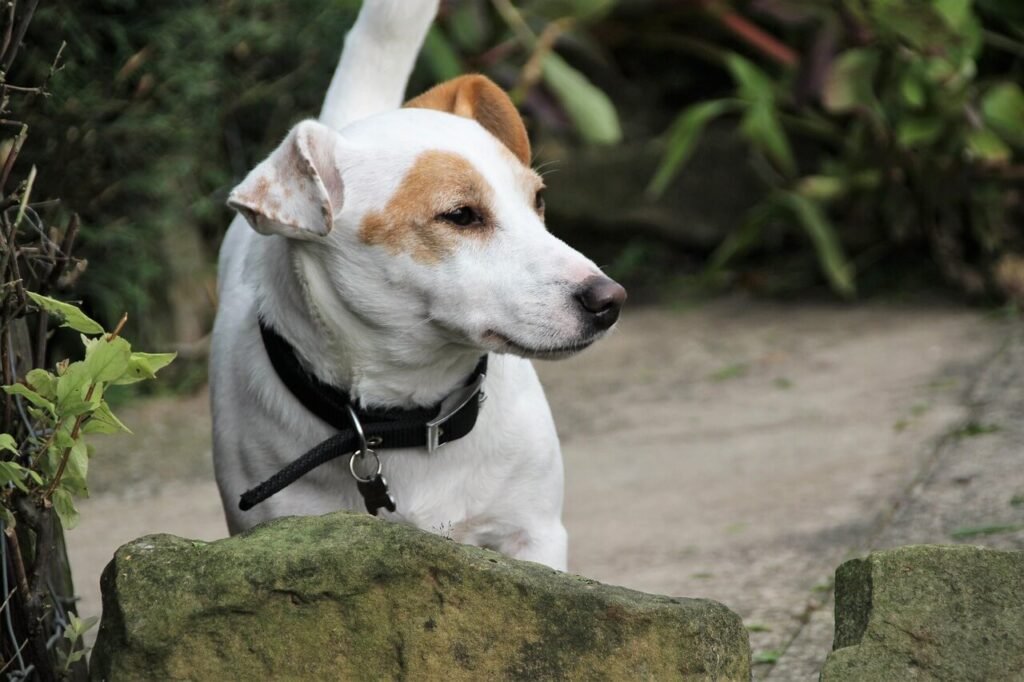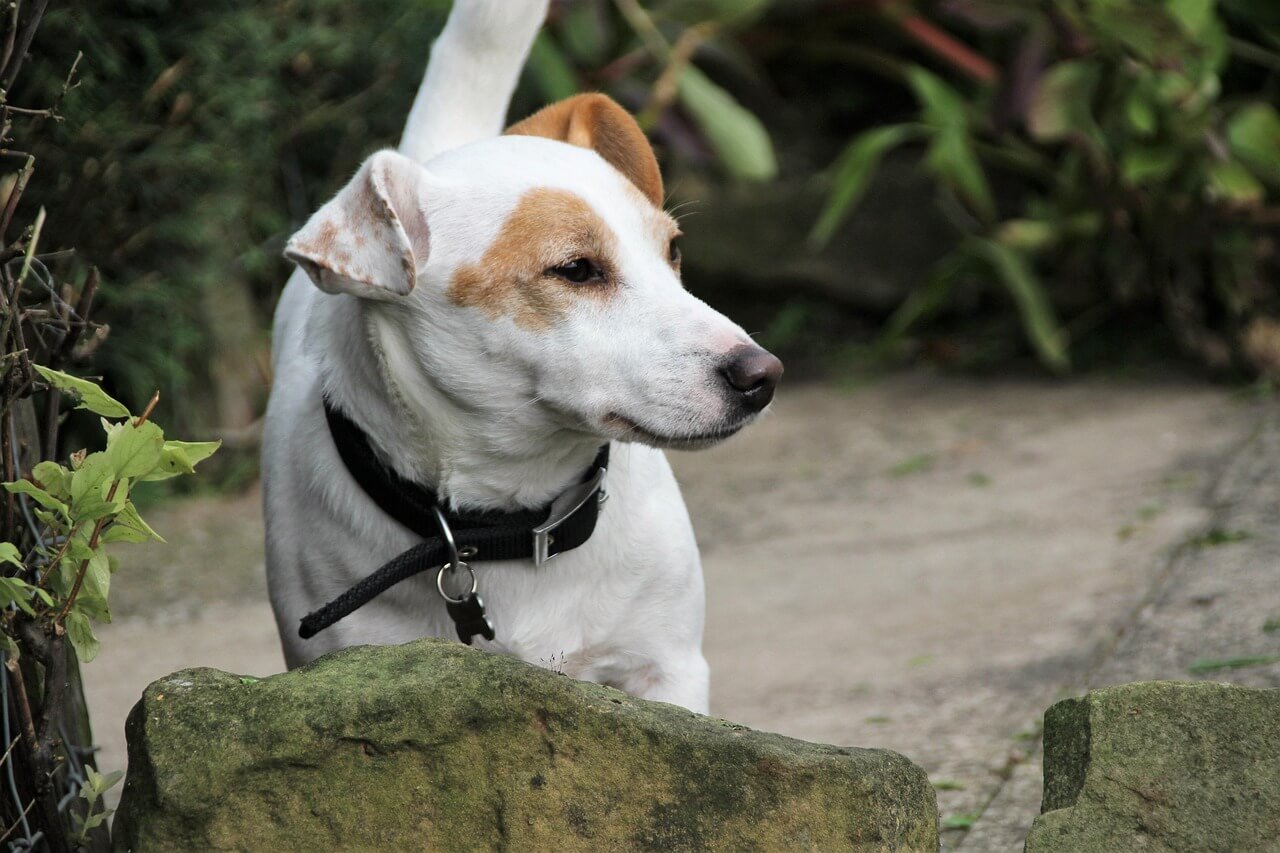Why Is My Dog Whining After Anesthesia? Understanding and Addressing Post-Surgical Behavior
If your dog has recently undergone a procedure requiring anesthesia, you may notice unusual behaviors as they recover. One common concern among pet owners is whining after anesthesia. While it can be alarming to hear your furry friend vocalizing in distress, this behavior is often a normal part of the recovery process. Dogs express themselves through sounds like whining, and understanding why this happens can help you provide the best care during their healing journey. In this blog post, we’ll explore the reasons behind post-anesthesia whining, how to comfort your dog, and when to seek professional help. Whether your dog just had surgery or a routine dental cleaning, this guide will help you navigate their recovery with confidence and compassion.
Common Reasons Why Your Dog May Be Whining After Anesthesia
Whining after anesthesia can stem from a variety of factors, both physical and emotional. These reasons are typically temporary and resolve as your dog’s body adjusts to the effects of the anesthesia. Below are some of the most common causes of this behavior.
Disorientation:
Anesthesia can leave dogs feeling confused or disoriented as they wake up, leading to whining as they try to make sense of their surroundings.Pain or Discomfort:
Procedures requiring anesthesia often involve some level of pain or discomfort afterward, which can cause your dog to vocalize their distress.Nausea or Upset Stomach:
Anesthesia can upset your dog’s digestive system, leading to nausea or an upset stomach, which may result in whining.Anxiety or Stress:
The unfamiliar environment of a veterinary clinic or the lingering effects of anesthesia can make your dog feel anxious, prompting them to whine for reassurance.Temperature Sensitivity:
Anesthesia can affect your dog’s ability to regulate body temperature, causing them to feel too cold or too warm, which may lead to vocalization.
While these causes are generally temporary, monitoring your dog closely will help ensure their comfort and safety. If the whining persists or worsens, it’s important to consult your veterinarian for further guidance.
How to Comfort Your Dog After Anesthesia: Practical Tips
Helping your dog feel safe and comfortable after anesthesia is crucial for their recovery. By providing a calm and supportive environment, you can ease their stress and reduce whining. Here are some practical tips to comfort your dog during this time.
Create a Quiet Space:
Set up a cozy, quiet area where your dog can rest away from loud noises or disturbances.Offer Gentle Reassurance:
Speak softly and offer gentle pets to reassure your dog that they are safe and loved.Monitor Their Temperature:
Ensure your dog is neither too hot nor too cold by adjusting blankets or fans as needed.Limit Physical Activity:
Restrict jumping, running, or playing to prevent injury and allow your dog’s body to heal.Provide Fresh Water:
Keep fresh water available to help your dog stay hydrated, especially if they’re experiencing nausea.
By implementing these strategies, you can create a soothing environment that promotes healing and reduces anxiety. Remember, patience and attentiveness are key during this delicate recovery period.
Check this guide 👉Why Is My Dog Whining in the Crate? Best 7 Expert Tips!
Check this guide 👉How to Stop a Dog from Whining at Night: Best 7 Expert Tips!
Check this guide 👉How to Get a Dog to Stop Whining: Best 7 Expert Tips!

Signs to Watch For | What They Could Indicate |
|---|---|
Persistent whining | Possible pain or discomfort |
Excessive panting | Anxiety or difficulty breathing |
Refusal to eat | Nausea or gastrointestinal issues |
Shivering or trembling | Temperature sensitivity |
Lethargy or weakness | Effects of anesthesia wearing off |
When to Seek Veterinary Attention: Recognizing Warning Signs
While mild whining after anesthesia is usually not a cause for alarm, certain symptoms may indicate complications that require immediate attention. Knowing when to contact your veterinarian ensures your dog receives timely care. Here are warning signs to watch for.
Excessive Vomiting or Diarrhea:
These symptoms could signal gastrointestinal distress or other serious issues.Difficulty Breathing:
Labored breathing or gasping for air may indicate respiratory complications.Unresponsiveness or Confusion:
If your dog seems unusually lethargic or unresponsive, it could be a sign of delayed recovery.Bleeding or Swelling at the Surgical Site:
Any abnormal discharge or swelling should be evaluated by a vet promptly.Refusal to Move or Severe Pain:
If your dog avoids moving or cries out when touched, they may be experiencing significant pain.
Recognizing these warning signs early can make a significant difference in your dog’s recovery. Always err on the side of caution and contact your vet if you’re unsure about your dog’s condition.
Post-Anesthesia Recovery Timeline: What to Expect
Understanding the typical recovery timeline after anesthesia can help you anticipate your dog’s needs and behaviors. While every dog is different, there are general stages of recovery that most dogs experience. Here’s what to expect in the hours and days following anesthesia.
Immediate Post-Procedure (First Few Hours):
Your dog may appear groggy, disoriented, or unsteady on their feet.First 24 Hours:
Most dogs regain their appetite and energy within this timeframe but may still exhibit mild whining or restlessness.Day 2-3:
Your dog should start returning to their normal behavior, though they may still tire more easily than usual.Day 4-7:
Full recovery typically occurs by this point, with your dog resuming regular activities unless advised otherwise by your vet.Long-Term Monitoring:
Keep an eye on your dog’s overall health and behavior to ensure no lingering effects from the anesthesia remain.
Understanding this timeline helps you gauge whether your dog’s recovery is progressing normally. If anything seems off, don’t hesitate to reach out to your veterinarian.
Emotional Factors Contributing to Whining
In addition to physical discomfort, emotional factors can also play a role in why your dog may be whining after anesthesia. Dogs are highly sensitive creatures, and the stress of a medical procedure can leave them feeling unsettled. Here’s how emotional factors might contribute to their behavior.
Separation Anxiety:
Being away from home and family during the procedure can heighten feelings of loneliness or abandonment.Fear of the Unknown:
The unfamiliar sights, sounds, and smells of a veterinary clinic can overwhelm even the most confident dogs.Post-Traumatic Stress:
Some dogs may associate the experience with fear, leading to heightened anxiety during recovery.Seeking Reassurance:
Whining may be your dog’s way of asking for comfort and reassurance from their trusted human.Sensitivity to Human Emotions:
Dogs often pick up on their owner’s stress or worry, which can amplify their own anxiety.
Addressing these emotional factors alongside physical care can help your dog feel more secure and supported during their recovery. A little extra love goes a long way.
Long-Term Effects of Anesthesia on Dogs
While most dogs recover quickly from anesthesia, some may experience lingering effects that impact their behavior or health. Understanding these potential long-term effects can help you better care for your dog in the weeks following their procedure.
Changes in Appetite:
Some dogs may take longer to regain their normal eating habits, especially if they experienced nausea.Increased Fatigue:
Even after the initial recovery period, your dog may tire more easily than before the procedure.Behavioral Shifts:
Temporary changes in behavior, such as clinginess or irritability, can occur as your dog adjusts.Sensitivity to Medications:
Certain dogs may have adverse reactions to anesthesia, requiring closer monitoring in the future.Delayed Healing:
Older dogs or those with pre-existing conditions may take longer to fully recover.
By staying informed about these possibilities, you can provide tailored care to meet your dog’s unique needs. Always consult your vet if you notice anything unusual.
Preventative Measures for Future Procedures
If your dog requires anesthesia again in the future, taking preventative measures can minimize stress and complications. Preparation and communication with your veterinarian are key to ensuring a smoother experience. Here are some steps you can take.
Pre-Surgery Bloodwork:
Request blood tests to assess your dog’s overall health and suitability for anesthesia.Discuss Medication Options:
Talk to your vet about using medications that align with your dog’s specific needs and sensitivities.Bring Comfort Items:
Provide familiar items like a blanket or toy to help your dog feel more at ease during their stay.Follow Pre- and Post-Op Instructions:
Adhering to fasting guidelines and post-op care instructions reduces risks and promotes faster recovery.Plan for a Calm Return Home:
Arrange a quiet space for your dog to rest and recuperate once they’re back home.
Taking these proactive steps can help make future procedures less stressful for both you and your dog. Preparation is key to a successful outcome.
Frequently Asked Questions About Dog Whining After Anesthesia
Is it normal for my dog to whine after anesthesia?
Yes, mild whining is common and often resolves as the anesthesia wears off.
How long does it take for a dog to fully recover from anesthesia?
Most dogs recover within 24-48 hours, though full recovery may take up to a week.
Should I be worried if my dog won’t eat after anesthesia?
Temporary appetite loss is normal, but prolonged refusal to eat should be discussed with your vet.
Can I give my dog pain medication if they seem uncomfortable?
Only administer medications prescribed by your veterinarian to avoid complications.
What should I do if my dog’s whining doesn’t stop?
Contact your vet to rule out underlying issues like pain, anxiety, or other complications.
Supporting Your Dog Through Recovery: Patience and Care Are Key
Recovering from anesthesia can be a challenging experience for your dog, but with your love and support, they’ll bounce back stronger than ever. Whining after anesthesia is often a temporary behavior caused by factors like disorientation, discomfort, or anxiety. By staying vigilant, providing a calming environment, and knowing when to seek veterinary help, you can ensure your dog’s recovery is as smooth as possible. Remember, your presence and care mean the world to your furry companion during this vulnerable time. With patience and dedication, you’ll soon see your happy, healthy dog back to their playful self.
Portuguese Water Dogs: Best 7 Expert Tips! Discover expert advice on training, grooming, and living with this intelligent, hypoallergenic breed for a happy and active companion.
Hound Dog Breeds: Best 7 Expert Tips! Discover expert advice on training, care, and living with hound dogs, from exercise needs to breed characteristics for a happy, healthy companion.
Is Alpha Dog Food Good? Best 7 Expert Tips! Discover expert advice on ingredients, benefits, and drawbacks of Alpha dog food to help you decide if it's the right choice for your pet's health.
Valley Fever in Dogs: Best 7 Expert Tips! Discover expert advice on symptoms, treatment, and prevention to keep your dog safe from this fungal infection.





